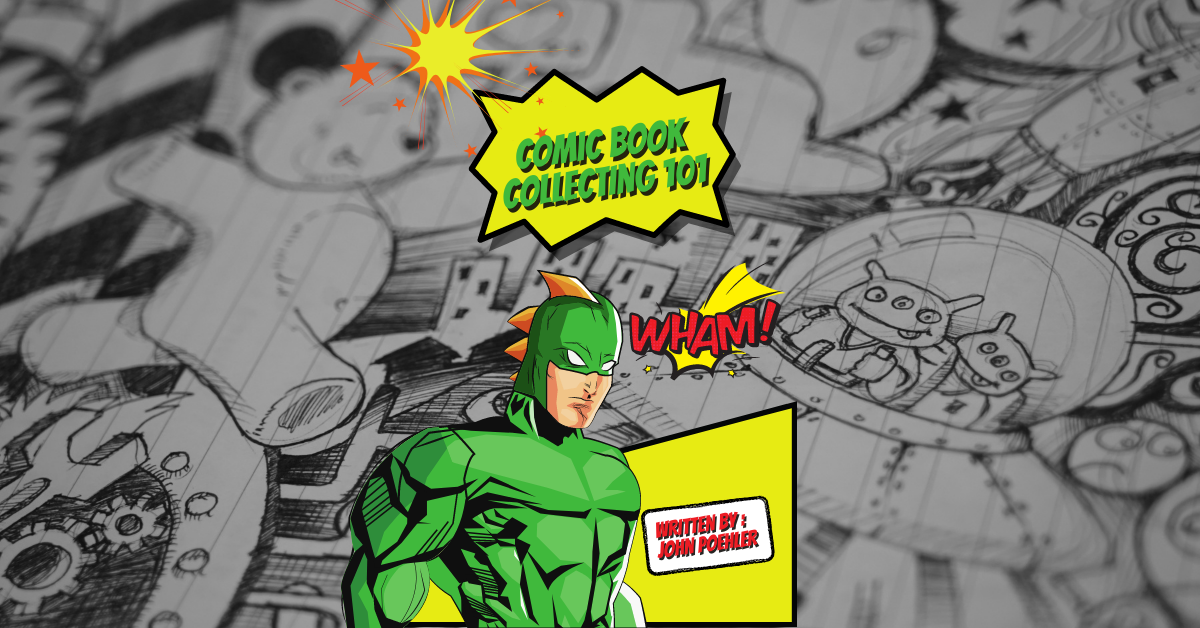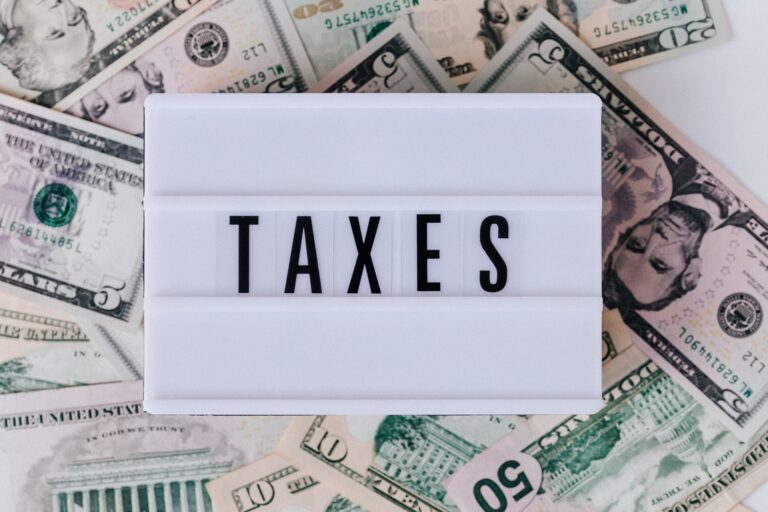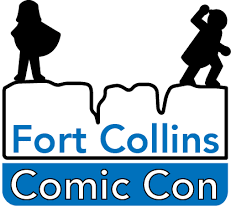Comic Book Collecting 101 – How To Start A Comic Book Collection For Beginners
*This article contains affiliate links. That means you support The Bipolar Battle, Inc. with each purchase, and there is no added cost to you. To learn more, you can read our Disclosures.
Comic book collecting for me started at a young age. I began collecting comic books in the 1980s and continued into the 1990s. When I first told my son this, he said, “Daddy, you’re so old that you lived in another century?”
Oh, the mind of a child. 😊
To give you a bit of perspective…
The time in the ’80s and ’90s was before all the superhero movies – you know, the craze we see today. Yes, we had the original Superman series with Christopher Reeve in the ’70s and the 1989 Batman with Michael Keaton and Jack Nicholson. However, the true hype with Marvel didn’t come until the beginning of the 21st century.
Comic Book Collecting and Me
The first comic book I ever purchased was in a local grocery store near my Greenwood Village, Colorado, home. Back then, a metal rotating rack showcased all the new comic titles.
They built the racks fairly flimsily, with about three to four tiers on top of one another that could spin around, similar to a Lazy Susan. Each tier had spots the size of an upright comic book, one next to the other and each holding a separate comic book title.
It wasn’t a very sturdy setup, as the comics could easily fall out the front of their holding spot, and over time, gravity warped them downwards.
Needless to say, I picked up my first read, and I was hooked.
At first, I picked up a new comic with each visit to the grocery store and quickly learned that new releases of comic titles came out monthly, with some titles published biweekly. I just enjoyed the stories and didn’t worry about their condition. In no time at all, I amassed a large stack of different titles.
Because comic books are not made of the best quality materials, they tend to tear and fall apart. Reading a title repeatedly puts a lot of wear and tear on them, and many of my original purchases didn’t last too long. Plus, I didn’t have a suitable space to store them and keep them protected.
Grading Comic Books
As I mentioned, when I first started collecting comic books, I didn’t consider their condition. In each comic book I purchased, I tried to keep it in the best condition, mostly so I could prolong its lifespan by reading it multiple times. Picking a comic in the best condition wasn’t based on keeping it in tip-top shape as an investment – which I would do later on.
The basic comic book grading scale is a way that collectors can describe the condition of a particular title from one collector to another. Grading comic books can get quite tedious, especially if you use the 10-point grading scale. In a nutshell, you are inspecting a particular comic book and pinpointing all its flaws. You can always hire a professional grading service, as well. For example, CGC is popular.
Grading a comic book is fairly subjective because you can submit the same comic book to different grading services and receive a different determination each time. That being said, it is good practice to have a basic understanding of the different condition levels. The different condition levels rank from highest quality (Near Mint) to lowest (Poor).
Professional grading services use the ten-point grading scale, where the highest score is 10 (Near Mint condition), and the lowest score is 0.5 (Poor condition).
Basic Comic Book Grading Scale
Near Mint (NM)
NM condition is an almost perfect copy, with very few noticeable flaws. There are a few acceptable flaws allowed at this condition level. They include:
- Slight corner blunting.
- 3 or fewer instances of minor indentations or dimpling (also termed denting).
- A miniscule amount of spine stress.
- Less than one-eighth of an inch bends without color breaks.
One should note that a new copy of a comic book does not automatically qualify as NM condition. It can arrive at a retail location in less than NM condition because of poor handling, storage, and shipment.
Very Fine (VF)
VF condition is still in great shape. Most modern comics fall into this category and show signs of being read. The acceptable flaws allowed in this condition include:
- Light spine stress, which can include a color break.
- Bends or folds less than one-fourth of an inch.
- A few dents.
- Minor corner wear.
Fine (F)
F condition displays some wear. At this level, you can discern a handful of minor flaws or two to three noticeable moderate flaws. The acceptable flaws allowed in this condition include:
- Minor water spotting (less than a dime size).
- Brownish spots or clusters.
- One impacted corner.
- Spine stress that may break color.
- Spine split less than one-half of an inch.
- Slight spine roll.
Very Good (VG)
VG condition can have a few minor flaws or one or two major ones. The acceptable flaws allowed in this condition include:
- Discoloration because of oxidation.
- The cover or centerfold can be detached from one staple.
- Spine roll.
- One-half to one-inch tears.
- Water damage or staining.
Good (GD)
GD condition is still a complete and readable copy. The acceptable flaws allowed in this condition include:
- Cover or centerfold detached.
- Water damage.
- Page length creases.
- Staining.
- Large tears.
Fair (FR)
FR condition shows significant wear and tear. The story is still complete, but portions of a page can be missing. The acceptable flaws allowed in this condition include:
- Severe water damage.
- The back cover can be removed, as long as the front cover is still attached.
- Mold.
- The spine of the comic book splits up to two-thirds of its length.
- Residue damage.
Poor (PR)
PR condition shows significant wear and tear, but parts of the story can be missing. The acceptable flaws allowed at this condition include:
- Damage that makes part of the comic book unreadable.
- Completely split spine.
- Up to four pages missing.
Vintage Books and Comics
After a short time of collecting comic books, my parents separated, and I moved to St. Louis, Missouri, with my mom and younger brother. I already had a small collection going, but I did not have a good way to transport them over the long trek from Colorado to Missouri. Needless to say, a large portion of my original collection did not survive the trip.
Upon arriving in Missouri, I discovered a quaint little comic book shop named Vintage Books and Comics. It was only 15 minutes from our house, and it was also where I found my first job. The owner hired me to help with inventorying all the new comics, books, and other memorabilia arriving each week. Back then, we used to write everything on index cards in a filing system to keep track of the merchandise.
As my first job, I was excited to make money and learn all about collecting comics. During my time there, I acquired comprehensive knowledge about collecting comics, the comic book industry, the most effective methods, and the necessary supplies to store and protect my collection for the long term.
With each weekly shipment of merchandise, we received free promotional items and other exclusive pop culture items. The owner was always so kind to set aside a couple of the newly shipped free products for me.
Comic Book Collecting Supplies
As my first job working in a comic book shop, I learned the importance of having the right storage system in place. (Actually, I learned that important fact first-hand with the move from Colorado to Missouri. The decimation of my comic book collection was a hard lesson that I vowed would never happen again.)
So, at Vintage Books and Comics, I purchased all the essential supplies to store and protect my newly growing collection.
Bags and Boards

Bags and boards are the two basic items you need to protect a comic book. Placing a board with the shiny side facing the back of the comic inside the comic-size bag (also known as a “sleeve” by some collectors) is a budget-friendly way to protect your collection if you are strapped for cash.
If you plan to store your comic book collection long-term, replace the bags and boards every few years. You see, as time goes on, the bags protecting your collection break down. This transfers into the comic book and the inside pages can be yellow and even brown. If you choose this route, just keep tabs on when you should replace your supply of bags and boards.
How Do Bags and Boards Work?
Bags and boards are great to keep a comic protected. I place the board in the bag with the shiny side of the board facing the back of the comic. The other side of the board is a dull shade and usually distinguishable from the shiny side.
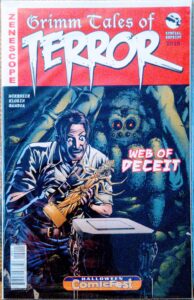
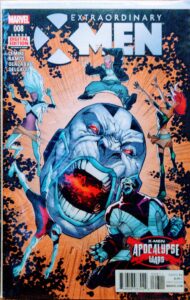
Each bag is closed at the bottom and has a flap at the opening of the top. After I read my comic book, I take great care of putting the board behind the book and sliding it into the bag. I make sure the flap is on the cover side of the bag, and then I pull it gently but tightly back and down behind the comic book and board. Next, I place two pieces of scotch tape – one on the right side of the flap and one on the left side to tape the flap shut.
There you have it – a quick and easy way to protect your collection.
Mylar
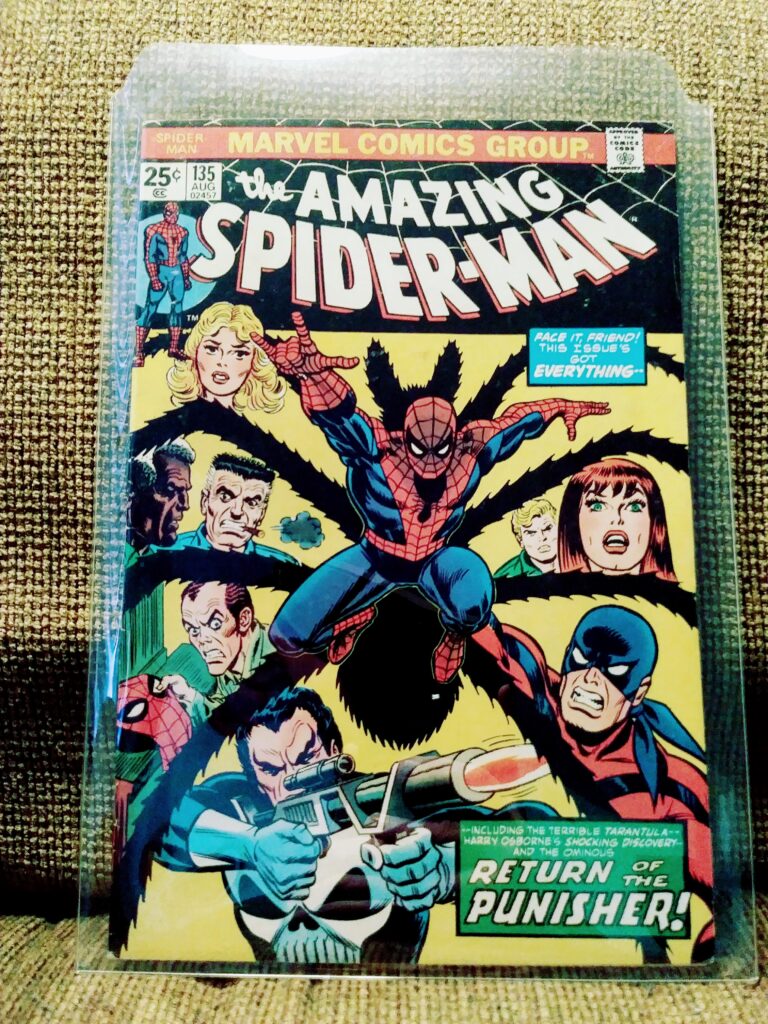
Mylar is a great option to choose if you are looking to store your collection long-term, especially if you don’t want to worry about changing out the bag and board of each of your comics every few years. Mylar sleeve, also known as “mylar,” is acid-free, eliminating the need for replacement every few years.
Unlike a bag, Mylar does not bleed into a comic book over time.
The downside of using mylar is it is generally cost-prohibitive to the average collector. I store in mylar sleeves my most esteemed comic books and the ones I want to keep in my collection indefinitely. I store the rest in bags and sleeves.
That way, if life gets in the way – and I forget about changing the bags and boards – I can still safeguard the titles that are most important to me.
Storage Boxes

Generally, most collectors will store their collection in short boxes, long boxes, or a combination of both. Once you protect your comics with a bag and board or mylar sleeve, you need a place to store them, right?
As their names imply, short boxes are smaller, and long boxes are bigger. If you have a big collection, and you do not foresee the need to move your collection (or perhaps only periodically), long boxes are the best route to go.
If you plan to move your collection more frequently, short boxes may be your best bet. They are smaller and therefore easier to handle. They are great to divide up your collection into different comic book titles, as well.
At one time, I had a small box to house all of my Spider-Man titles, a different one for my Wolverine titles, and so forth. However, my collection quickly outgrew the short boxes, so I “graduated” to long boxes, which I only use nowadays.
Like the majority of comic book collectors, I have my collection alphabetized. If you have a large collection, with different comic book titles, you can purchase plastic dividers to separate them into different sections. Personally, I do not use dividers, but I know many do like them.
In the end, find whatever works for you. After all, this is your hobby!
“Comic Culture” – Comic Book Shops
One of the things I really enjoy about collecting comic books is the “comic culture.” In my early days of collecting comics, my first job there at Vintage Books and Comics was a hub of social activity. It was not only a place to purchase comics but also to meet people with the same passion for collecting.
Role Playing Games
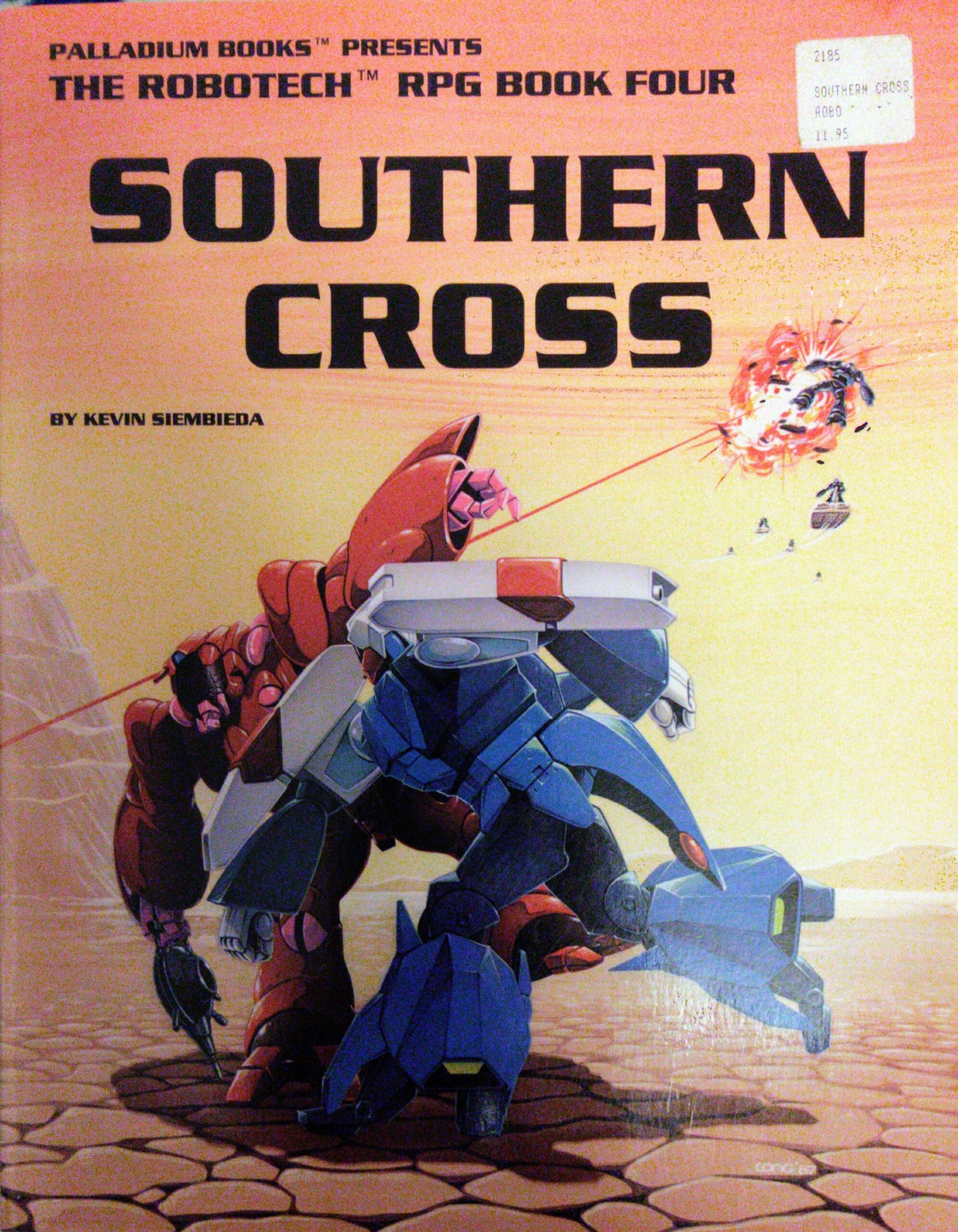
Almost every night of the week (and weekend), Vintage Books and Comics held a social event or other activity related to comics and memorabilia.
Role playing was a popular event. It was just a matter of picking a particular game and finding enough interested people to participate, which was not that hard because so many people enjoyed playing.
I particularly remember playing Robotech and Dungeons and Dragons (D&D) every week. We had a designated game master (GM) – termed “dungeon master” for D&D – who would lead a small group through a game. Generally, there was a main game book with maps, supplies, and the information needed to create an imagined world.
Each participant created their own character and wrote all of their character’s attributes and qualities on a pre-made character sheet. The GM would use the game book to explain what was going on, and the participants interacted with one another as the characters they created.
The game book had table after table of numbers. When we wanted to take a particular action, we would roll the dice and use our character sheet. The GM would use one table to determine the outcome of a particular action.
We had several different-sided dice to roll, depending on which particular action we wanted to take, and the GM used the table to determine the outcome. It’s interesting because nowadays you can get on a computer and role-play by yourself with people from around the world. While there are some in-person gaming stores, there probably are not as many!
Comic Cons
Comic conversions, or “comic cons,” have grown, both in size and number, over the years. Back in the day, I remember sifting through the classifieds of our local newspaper to see of any upcoming comic conventions. Most of the time they would take place in a hotel conference room or similar space.
At these older comic conventions, you would find tables set up all around the room, with private collectors and some local comic shops selling their comics. The primary focus was on comic books. I never saw patrons who dressed up in cosplay, let alone famous guest speakers. I could shop around the different tables, finding the best prices to fill up the holes in my collection.
Over the past few decades, comic cons have progressively grown bigger and bigger, with more of everything. Now, not only are comics for sale, but you can listen to guest speakers and panels talk about different pop culture topics. You can also see attendees dressed up in cosplay outfits, listen to actors and movie production teams speak about their films, and much more. You can spend the entire weekend at a comic con and not get bored.
For example, one of the most famous comic cons is the San Diego Comic Con in California.
Auctions
Auctions were always so much fun to attend. I know some places that still run in-person auctions, and there are a number of them online, as well.
Each auction is different but set up similarly. They showcase the items individually. The auctioneer often groups multiple items together in a bundle.
There is a bid sheet for each item or bundle, where you can write your bid. Generally, each sheet shows a minimum bid and the minimum increase in bid if you want to offer a higher one. There is also a scheduled time frame in which you can make your bids.
At the end of the auction, whoever has the highest bid gets to take home the spoils.
Pull and Hold
I learned a lot about comic books at my first job. Not only that, but the owner taught me the details about how to run a successful shop myself. Most of the general practices I learned back then have been translated to the present.
“Pull and hold” is a service that most comic book shops offer. If there is a particular comic book title you are collecting, you can put it on a list with the shop. Each week, we received one main shipment of comic books scheduled on a particular day, and then on other days, we would receive various smaller packages.
When our shipment of comic books arrived, we “pulled” the comic book titles out of the shipment on each customer’s “pull and hold” list. Next, we placed each issue in a bag with an accompanying backer board. Finally, we stored and held them in a comic-sized cubby hole. Each customer who signed up for our pull-and-hold service had their own cubby. Then, they could just ask for their comics on their next visit.
Comic Book Collecting Wrap-up
If you are a novice comic book collector, I hope this article has given you much insight. I’d love for you to comment below with your thoughts. Do you have any questions?
If you are a more experienced collector, I’d love to read your comments, too. Is there anything you would add? What has your comic book collecting journey looked like?

